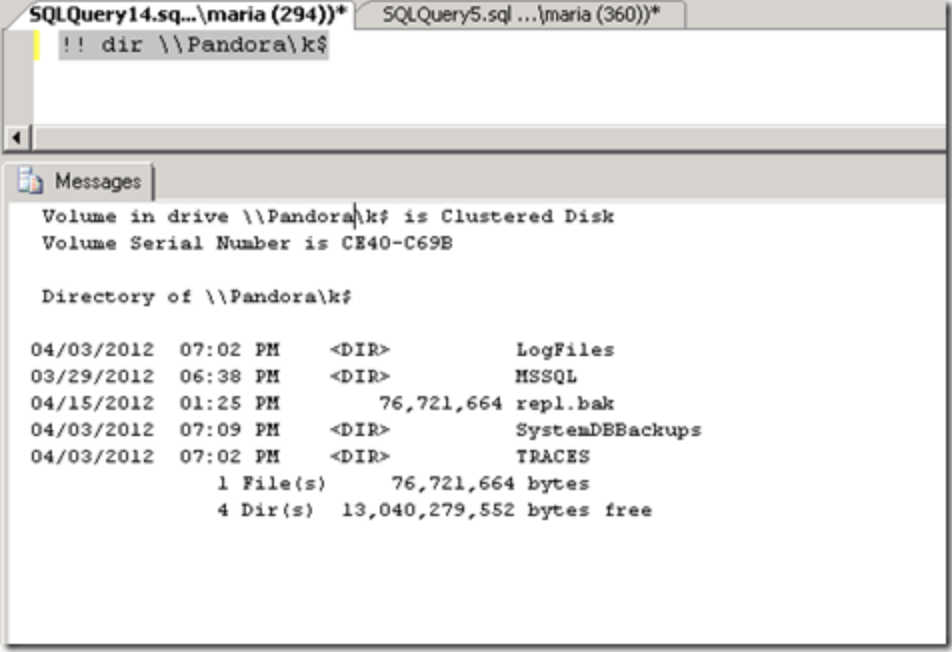Love your enemies.. it pisses them off.
There is always a threat from somewhere. Old-style DBAs are standing on the shaky ground. 5 years ago I remember myself defending the SQL Server against the domineering Oracle DBAs. The arguing was always about “who is better”. The Management Studio was a great weapon against sqlplus. And you could always use a “the DDLs are not a part of the transaction “ thing. Without any Oracle DBAs around I must admit that Oracle is pretty amazing product although it requires a huge deal of tuning. Then came an era of NoSQL. It’s not easy to compete against such fast loads, easy scale-up and fast development. The NoSQL solutions support the usecases that do not really fit into the relational model, like graphs or unstructured data. On the other hand, the eventual consistency thing does not fit for everyone, the joins between the entities are hard and there are stability problems with many NoSQL products. Twitter apparently has been trying to move from MySQL to Cassandra for over a year. In
